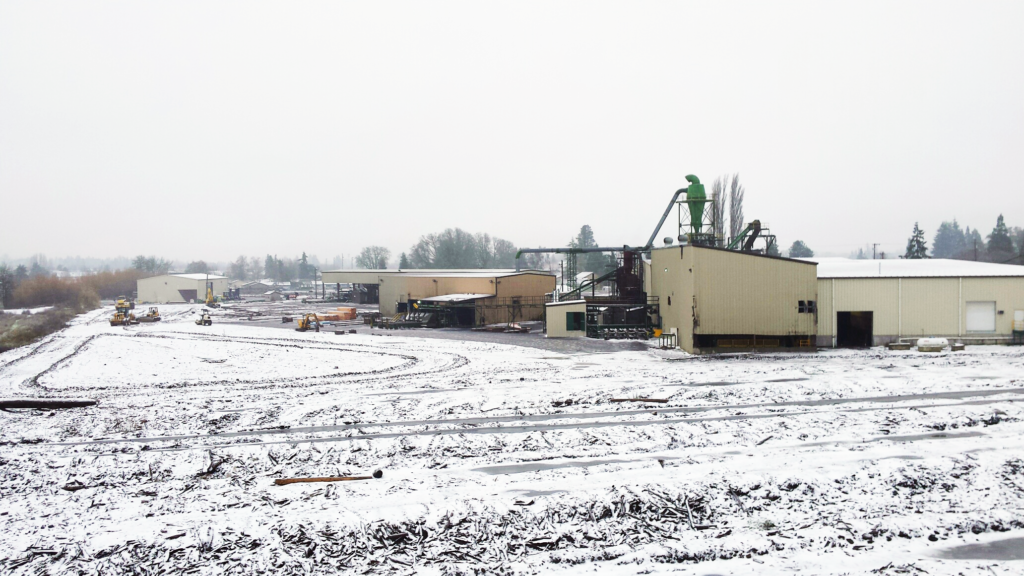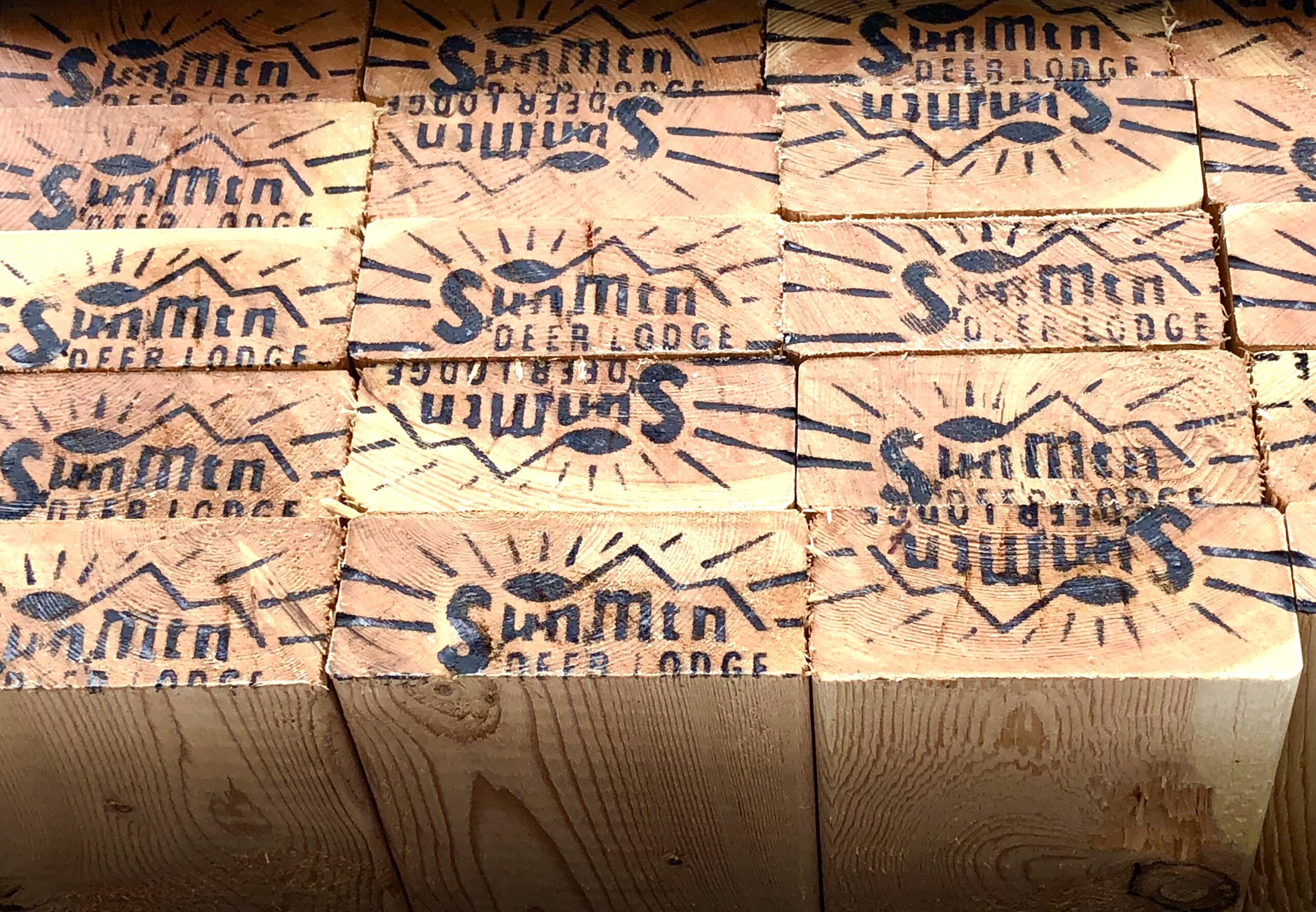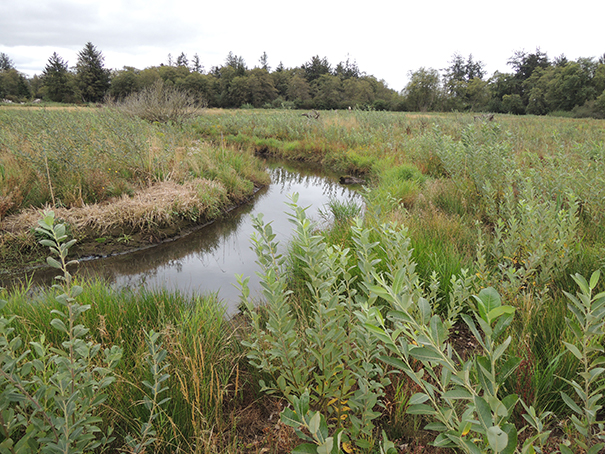Family-owned businesses may be the oldest form of business organization. A family-owned business may be defined as any business in which two or more family members are involved and the majority of ownership or control lies within a family. Farms were an early form of family business in which private life and work life were intertwined. In urban settings it was once normal for a shopkeeper or doctor to live in the same building in which he or she worked and family members often helped with the business as needed.
Today family owned businesses are recognized as important and dynamic participants in the world economy. Despite a tough post-recession economy, the family business segment remains resilient and dynamic. According to the U.S. Bureau of the Census, about 90 percent of American businesses are family-owned or controlled. Ranging in size from two-person partnerships to Fortune 500 firms, these businesses account for half of the nation’s employment and half of her Gross National Product. Family businesses may have some advantages over other business entities in their focus on the long term, their commitment to quality (which is often associated with the family name and definitely in Hampton’s case), and their care and concern for employees. But family businesses also face a unique set of management challenges stemming from the overlap of family and business issues.
John Hampton, son of our founder L.M. Hampton, was adamant that the company remain family-owned and he poured his heart and his resources into building his company for future generations. He set the standards for our core values and for being stalwart corporate citizens in our communities. John was open to change and set that in motion when he decided to change the makeup of Hampton’s Board of Directors so there were more independent representatives with expertise in varied business segments to facilitate excellent advice. He also put a lot of thought and energy into succession planning and made the difficult decision to step down as CEO in 1995 and hire a non-family replacement to lead the company with help from the existing non-family senior management team. He was way ahead of a lot of other family businesses who struggle with the decision of how and when to professionalize the family or hire outside management. This was about the heart as well as the head and was hard to do
Hampton today has 10 Gen3 shareholders and 1 Gen4 child along with the three primary Hampton owners. The family’s support and focus have been unwavering as the company has faced many challenges in its 73 years of growing. We’ve had intimidating “e” challenges in the last decade: economic (lousy markets, surging raw log exports to China), emotional (traumatic events for our business and our employees) and environmental (excess regulations and lawsuits further preventing the harvest of sustainable public timber). Yes, we’ve had opportunities too. Opportunities which afforded us growth, both in assets and experiences, and the family has supported taking the risks that come with some of those opportunities.
We are preparing the younger shareholders for their future roles with the company. This may sound simple, but it’s been interesting to work on developing information about the industry and the company that will appeal to such variety of younger ages, some which live far from Oregon. We understand that they each will have different perspectives and desires regarding their future roles in the company. Simultaneously we are immersing them in the company’s and the family’s philanthropic activities. It’s very exciting to see their energy and passion. Passion from a family owner is uniquely inspiring and we have that in spades from our family.
I think John would be pleased about where we are today as a family-owned company.
Steve Zika
CEO, Hampton Lumber



